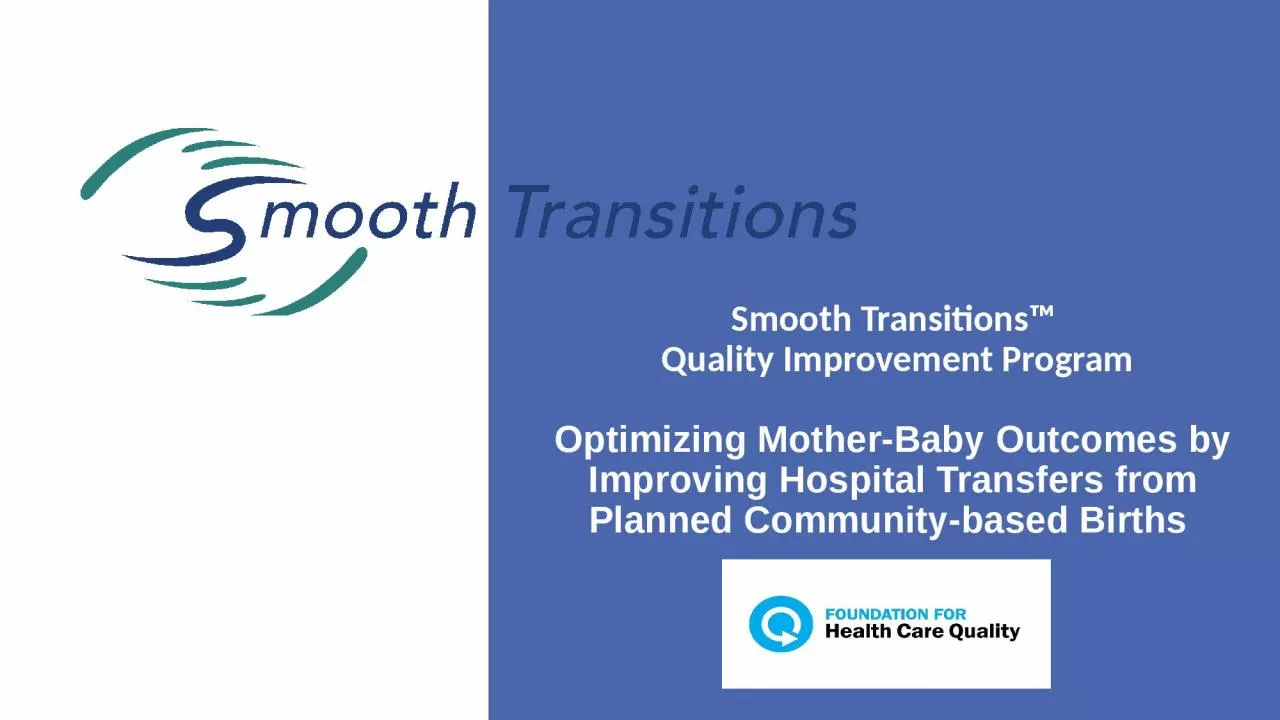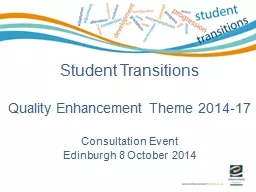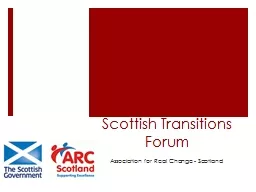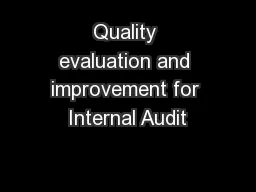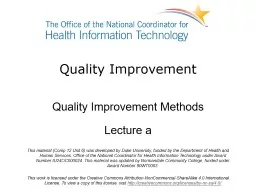PPT-Smooth Transitions™ Quality Improvement Program
Author : Wildboyz | Published Date : 2022-07-28
Optimizing MotherBaby O utcomes by Improving H ospital T ransfers from Planned C ommunitybased B irths Support from Foundation for Health Care Quality OB
Presentation Embed Code
Download Presentation
Download Presentation The PPT/PDF document "Smooth Transitions™ Quality Improveme..." is the property of its rightful owner. Permission is granted to download and print the materials on this website for personal, non-commercial use only, and to display it on your personal computer provided you do not modify the materials and that you retain all copyright notices contained in the materials. By downloading content from our website, you accept the terms of this agreement.
Smooth Transitions™ Quality Improvement Program: Transcript
Download Rules Of Document
"Smooth Transitions™ Quality Improvement Program"The content belongs to its owner. You may download and print it for personal use, without modification, and keep all copyright notices. By downloading, you agree to these terms.
Related Documents

